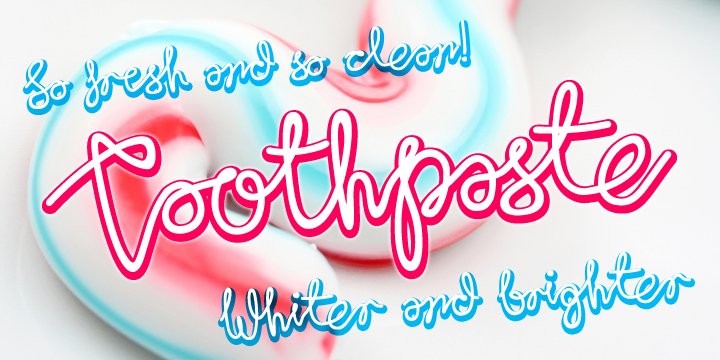


It was unbelievable the options available. Readers should use safety goggles for any experiment, and should have adults read instructions on containers for safety precautions.On a recent trip to Target, I checked out the toothpaste aisle. The experiment can also be done with the hair care version of hydrogen peroxide, or the weaker pharmacy version, although the effect with the pharmacy version will be smaller. Ask if your kids noticed the bottle got warm? The experiment created a reaction called an exothermic reaction, which means it not only created foam, it created heat! The foam produced is just water, soap, and oxygen, so you can clean it up with a sponge and pour any extra liquid left in the bottle down the drain. Since it did this very fast, it created lots and lots of bubbles. The yeast acted as a catalyst (a helper) to remove the oxygen from the hydrogen peroxide. Now the adventure starts! Pour the yeast water mixture into the bottle (a funnel helps here) and watch the foaminess begin!įoam is awesome! The foam is special because each tiny foam bubble is filled with oxygen. In a separate small cup, combine the warm water and the yeast together and mix for about 30 seconds.ĥ. Add about 1 tablespoon of liquid dish soap into the bottle and swish the bottle around a bit to mix it.Ĥ. Add 8 drops of your favorite food coloring into the bottle.ģ. Hydrogen peroxide can irritate skin and eyes, so put on those safety goggles! An adult should carefully pour the hydrogen peroxide into the bottle.Ģ. Note: Since foam will overflow, be sure to do this experiment on a washable surface, or place the bottle on a tray.ġ. 1/2 cup 20-volume hydrogen peroxide liquid (20-volume is a 6% solution you can get this from a beauty supply store or hair salon).

The foam your kids will create in this at-home science experiment resembles toothpaste being squeezed from a tube - just be sure they don't get it in their mouth!


 0 kommentar(er)
0 kommentar(er)
